Low Back Core Muscles Strengthening Exercise :
The Lumbar/Core Strength and Stability exercise are also useful as a preventative rehabilitation program if you are recovering from a Low Back Pain.
The “core muscles” is include several groups of muscles mainly the transversus abdominus, multifidus, diaphragm and pelvic floor muscles. These muscles work together to give your spine maximum stability in the
abdominal and lumbar lower back region, and also co-ordinate the movement of the arms, legs, and spine.
Your lower Back core muscles groups are :
- Front abdominal muscles — the rectus abdominis.
- Muscles along the side of your body — the internal and external obliques.
- A deep muscle that wraps around the front — the transverse abdominal.
- Muscles in your back that are located between your spine bones and run along your spine — the erector spinae and multifidus.
- Diaphragm, Pelvic floor muscles, hip flexors, and gluteal muscles.
If your muscles of the low back are weak, your body will depends more on skeleton (passive) structures for stability, including ligaments — the tissue that connects bone to bone — as well as the spinal bones or discs which lie between the spinal bones. This can cause extra pressure over low back structures and this may increase low Back pain symptom’s. So strengthening of weak muscles and stretching tight muscles are useful in relieving chronic Back pain.
Core stability (CS) was introduced for the first time in 1990s by Hodges and Richardson during studying the timing of trunk muscles in patients with chronic low back pain (CLBP).
Originally this term has referred to the active component to the stabilizing muscles group mainly deep/local muscles that provide segmental stability eg. transversus abdominis, lumbar multifidus and/or the superficial/global muscles eg. rectus abdominis, erector spinae. This muscles enable trunk movement/torque generation and also assist in stability in more physically challenging works.
The lower back area, also called the lumbar region, is the area of the back that starts below the rib cage.
Lumbar Spine (lower back) have Five vertebrae (L1 to L5) make up the lower part of the spine. Your lumbar spine supports the upper parts of the spine and It also connects to the pelvis and take most of your body’s weight, as well as the stress of lifting and carrying items. Many low back pain related conditions occur in the lumbar spine eg. Disc Prolapse.
Benefits of Core Low Back Core Muscles Strengthening Exercise :
Enhanced Balance and Stability of Spine :
- Core exercises strengthen the muscles in your pelvis, lower back, hips and abdomen. This helps to improve balance and stability making daily activities such as walking, running, and sitting much easier. A strong core muscles will consist of muscles that work together to support your body in day to day activity. This will make you less susceptible to injuries, keeping your in good shape and minimizing strain on your muscles and joints.
Maintain Good Posture :
- Good posture reduced the wear and tear on the spine and allows you to breathe deeply making it easier for oxygen to travel through your muscles so they are able to contract. An upright posture can help you survive sitting or standing for long periods of time. It is important to have a strengthen core because it keeps your body straight, Reducing lower back pain and increases your overall posture and keep you physically fit.
Relieve Back Pain:-
- A body that is in good posture and upright will make you reduced the risk of lower back pain. A your’s core is at the center of the body are fully strengthen which supports your entire body especially lift the heavy upper half – neck and the back. If a your core muscles is weak then other structures of your back will have to work harder to support the body. This leads to muscle strains and prone to back pain.
Core Muscles Strengthening Exercises :
Starting Phase ( Light Core Strengthening Exercises ) :
- Bridging
- Crunch
- Plank
- Supine Toe Tap
- Panther shoulder tap
- Half kneeling wood chop
- Rolling like a ball
After Few Days ( Medium Core Strengthening Exercises) :
- Bird dog
- Mountain climber
- Warrior crunch
- Leg raise
- Butterfly sit up
- Dead bug
- Side blend
- C-curve
- Plank tap
Advanced Core Strengthening exercises :
- Side plank with rotation
- Bird dog with elbow to knee
- Bicycle crunch
- High boat to low boat
- Body saw
- Jackknife
- Hollow hold to jackknife
- Hollow body rock
- Wheelbarrow
- Tabletop leg press
- Row your boat
- Single leg jackknife
- Hip dip
Starting Phase ( Light Core Strengthening Exercises ) :
Bridging Exercise :
This exercise helps to improve strength of Glutes muscle with other muscles are hamstrings, lower back muscles and abdominal’s.

This exercise is also important for improve strength of Core muscles of Back. With many of the benefits similar to that of a squat, another plus for the glute bridge is that it does not place any pressure on the lower back. This is also an important exercise for people who are unable to do squat due to back, hip, or knee pain.
Steps :
- Supine Lie position on your back on mat with your knees bent, Elevates your hips off the floor until your hips are aligned with your knees and shoulders.
- Hold for 5 to 7 seconds. Return to the start position and repeat. First Day 7 to 8 repetition and 2nd day 8 to 10 repetition and gradually increase repetitions as per stamina.
Side Crunch Exercise :

The crunch exercise is a Best example of core strengthening. It mainly trains your abdominal muscles, which are part of your core muscles.
This exercise also strengthens your oblique muscles on the sides of your trunk, as well as the muscles in your pelvis, lower back, and hips. Overall, these muscle groups help stabilize your lower back.
How to Do Crunch Exercise?
- On a Soft MAT – Supine lie down position on your back. Place your feet on the floor, hip-width apart. Bend your knees & place your arms behind your heads. Raise your Head and Shoulder towards the Left Knees and inhale.
- Exhale and return to the normal position. Again lift your upper body towards right knee, keeping your head and neck in neutral position.
- Relax and again return to starting position.
Plank Exercise :
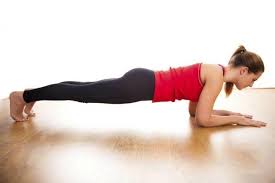
Plank Exercise helps to stabilize, balance, and improve the strength of the body during just about every other activity. The plank exercise can also be used as the basis for a core muscle strength and stability test. The plank is more of a strength-building exercise of Back.
How to Do Plank Exercise?
- On a Soft mat start in the plank position, face down with your forearms and toes on the floor. Your elbows are directly under your shoulders and your forearms are facing forward. Your head is relaxed and you should be looking at the floor.
- Contact your abdominal muscles, drawing your navel toward your spine. Keep your torso straight and rigid and your body in a straight line from your ears to your toes with no sagging or bending. This is the neutral spine position. Ensure your shoulders are down, not creeping up toward your ears. Your heels should be over the balls of your feet.
- Hold this position for 5-10 seconds on the first days and gradually increase the time up to 30, 45, or 60 seconds. Exercise must be pain-free.
Supine Toe Tap :
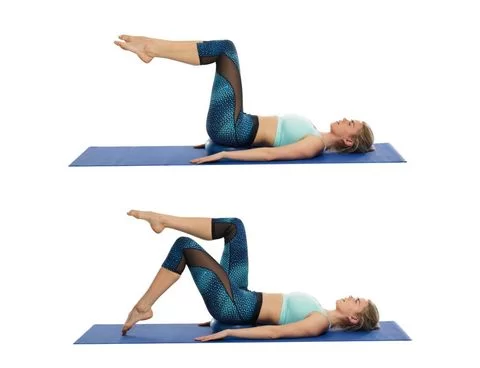
Supine Toe Taps exercise helps to strengthen the abdominal muscles mainly rectus abdominis and transverse abdominis, as well as the other core muscles, including your obliques and hips muscles with the pelvic floor muscles. It improves stability in the low back area, they are contracted throughout the leg raise flow.
How to do the Supine Toe Tap exercise?
- On a soft MAT – Supine Lie down position with your knees bent and arms at your sides.
- Bring your legs up to the tabletop one leg at a time, knees bent, thighs perpendicular to the floor. Maintain a neutral Back position and avoid arching or pressing your back into the floor.
- Start by lowering the right foot and tapping it on the floor while the left leg remains in the tabletop position.
- Return the right leg to the tabletop and repeat with the left leg.
- Repeat for 8 taps on each side. Start with 1 set and progress to 2 sets of 8 taps on each leg.
Panther shoulder tap
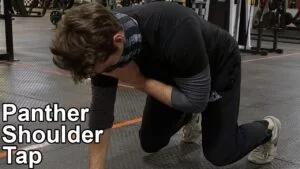
Panther Shoulder tap exercises strengthen plenty of core muscles, mainly your transverse abdominals, and deep core muscles that wrap around your spine like a corset and obliques. Regular Exercise will help you strengthen your core and gain more stability in your spine at the same time.
How to Do Panther Shoulder Tap Exercise?
Begin in on all fours – Quadruped Position.
- Contract your core muscles while keeping your back straight and your Hip and Knees down perpendicular to each other, lift your knees off the floor about 1-3 inches. See at the floor a few inches in front of your hands to keep your neck in a neutral position.
- Tap your right hand to your left shoulder, and then your left hand to your right shoulder, while contracting your core muscles to keep your hips as still as you can.
- Repeating with alternating sides.
Half kneeling wood chop Exercise :
This exercise is to improve your stability of spine, primarily targets the obliques and to a lesser degree also targets the abs and lower back. It’s a great anti-rotational core stability exercise for strengthening the musculature of the anterior core. It also improves hip mobility and stability.
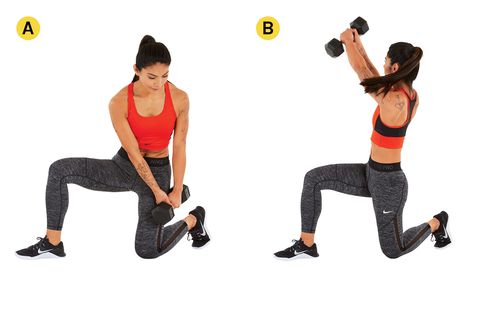
How to do Half kneeling wood chop Exercise ?
- In a half kneeling lunge position. Your knees should be in line with your hips, and your body in a neutral position.
- Hold a medicine ball, begin from a high diagonal position, and “chop” it down towards your hip (next to your pocket) without losing the tall straight position of spine.
- You chop kind of down towards your hip and then up towards the other knee.





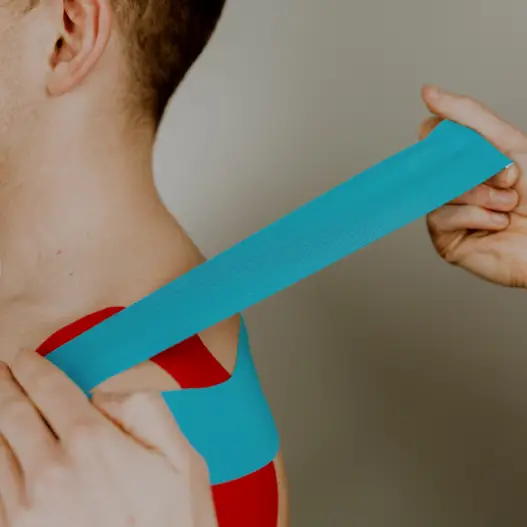
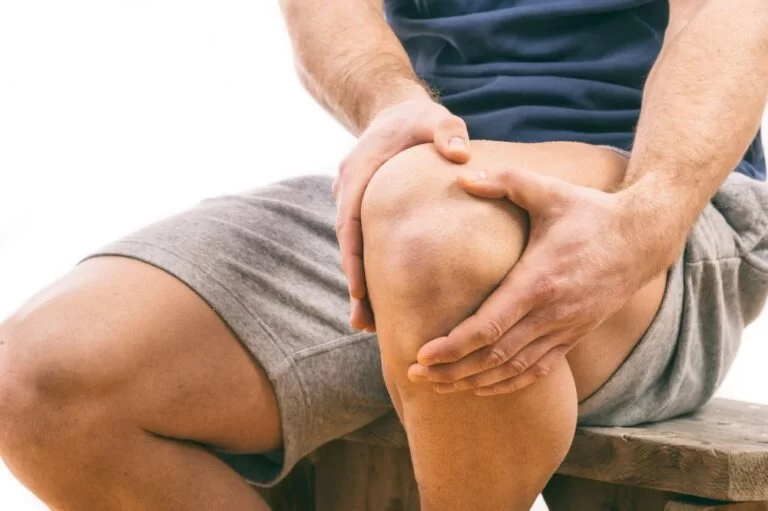
Core strengthening exercise is highly important as a part of Physiotherapy treatment in low Back Pain Management, mostly Physiotherapists forget to prescribe, informative ARTICLE